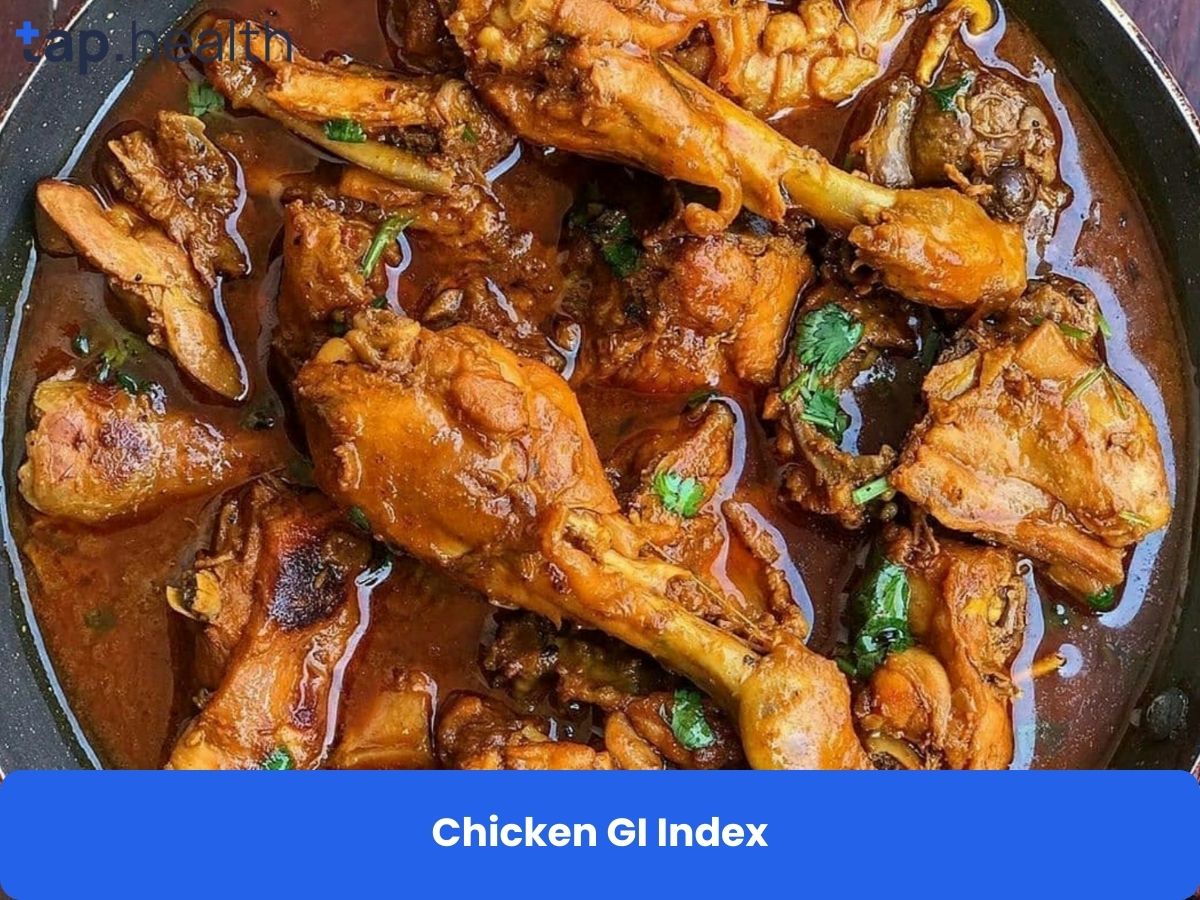Table of Contents
- Understanding Hypoglycemia: A Complete Guide
- What is Hypoglycemia? Diagnosis and Management
- Effective Treatments for Hypoglycemia
- Managing Low Blood Sugar: Symptoms & Prevention
- Hypoglycemia vs. Hyperglycemia: Key Differences
- Frequently Asked Questions
- References
Experiencing sudden weakness, shakiness, or confusion? You might be dealing with hypoglycemia, also known as low blood sugar. Understanding and Managing Hypoglycemia: Diagnosis and Effective Treatment is crucial for anyone affected by this condition, whether it’s due to diabetes, medication, or other factors. This blog post will guide you through the process of recognizing hypoglycemia symptoms, understanding the diagnostic steps involved, and exploring effective treatment strategies to regain control and improve your overall well-being. Let’s delve into the essential information you need to effectively manage your blood sugar levels and live a healthier life.
Understanding Hypoglycemia: A Complete Guide
What is Hypoglycemia?
Hypoglycemia, or low blood sugar, is a serious concern, especially for people with diabetes. It’s particularly challenging in places like India and other tropical regions where consistent healthcare and dietary management aren’t always readily available. Imagine this: your blood sugar plummets below the healthy range, leaving you feeling dizzy, sweaty, and shaky. While high HbA1c levels (above 9%) are a major worry affecting many, hypoglycemia is a different, equally significant threat. Effective management is key – understanding your blood sugar levels is the first, crucial step. Learn more about maintaining healthy blood sugar levels here: Maintaining Healthy Blood Sugar.
Recognizing the Symptoms of Hypoglycemia
Hypoglycemia symptoms can be sneaky and vary, but common warning signs include sudden weakness, anxiety, a racing heart, confusion, and blurry vision. Severe cases can even lead to seizures or loss of consciousness. Think of it like this: your body’s running low on fuel, and it’s screaming for help. Quick recognition is vital, especially in hot, humid climates where dehydration can worsen the situation.
Effective Management and Treatment of Hypoglycemia
Treatment usually means getting quick-acting carbs into your system – glucose tablets, fruit juice, or even a sugary drink will do the trick. Regular blood glucose monitoring is essential for early detection and prevention. Access to affordable blood glucose meters and test strips is crucial, especially in India and other tropical countries. Work with your doctor to create a personalized plan; it might include dietary changes, medication adjustments, and regular check-ups to keep your blood sugar in a healthy range. Still unsure about normal blood sugar readings? Check out our guide: Is a 100 mg/dL Blood Sugar Level Normal?
Seeking Professional Help in India and Tropical Countries
Frequent hypoglycemic episodes? See a doctor immediately! They can pinpoint the cause, adjust your treatment plan, and provide guidance tailored to your region. Remember, proactive management helps avoid long-term problems and keeps you feeling your best.
What is Hypoglycemia? Diagnosis and Management
Understanding Hypoglycemia
Hypoglycemia, or low blood sugar, is a serious concern, especially for those with diabetes. In India, where a significant portion of the diabetic population also manages hypertension (see IDF data), understanding hypoglycemia is vital. Imagine this: you’re feeling shaky, sweaty, maybe even a little confused – these are common symptoms. In severe cases, it can lead to loss of consciousness. That’s why prompt diagnosis and treatment are essential. The high prevalence of both diabetes and hypertension in India highlights a critical need for proactive management and education. Understanding why your blood sugar fluctuates – like those pesky morning spikes (learn more here) – is key to preventing problems.
Diagnosing Hypoglycemia
Diagnosis usually involves blood glucose testing and assessing your symptoms. Your doctor might order further tests depending on your medical history. Regular blood glucose monitoring is crucial, particularly if you have diabetes or a family history. The tricky part? Symptoms can be subtle and vary from person to person, easily missed. That’s why regular check-ups are so important. Catching it early prevents serious complications.
Managing Hypoglycemia
Managing hypoglycemia requires a holistic approach. Dietary changes are often vital – think balanced meals and regular snacks to keep blood sugar levels steady. Sometimes medication is necessary. Working closely with a doctor or diabetes educator is crucial. And remember, in hot climates like India, hydration is key – dehydration can worsen symptoms. This integrated approach is particularly important given the high prevalence of co-occurring conditions like diabetes and hypertension. Always keep a readily available source of glucose handy to treat episodes quickly.
Effective Treatments for Hypoglycemia
Immediate Treatment: Fast-Acting Carbohydrates
A hypoglycemic episode? Act fast! You need to get your blood sugar up quickly. Think fast-acting carbs – the kind that absorb quickly. In many parts of the world, especially in India and tropical regions, this could mean readily available options like glucose tablets, a quick swig of sugarcane juice (a common and effective choice!), or even a few ladoos – those delicious little sweets can do the trick in a pinch. The key is rapid absorption; we’re not aiming for long-term blood sugar control here, just a quick boost. And remember to check your blood sugar levels afterward – monitoring is key.
Long-Term Management: Lifestyle Modifications & Medication
Preventing future episodes is the name of the game. This means consistent blood glucose monitoring, regular meals and snacks to keep those sugar levels stable, and regular exercise. For people with diabetes – which, as the International Diabetes Federation’s Diabetes Atlas shows, is particularly prevalent in many low- and middle-income countries – medication adjustments are often crucial. This might involve tweaking insulin dosages or other medications, always under the guidance of a healthcare professional. For more on natural approaches, check out our article on Top 8 Natural Remedies to Improve Blood Sugar Levels.
Seeking Expert Advice: Regional Considerations
Access to healthcare varies enormously. Finding a doctor or diabetes specialist for a personalized plan is vital. They’ll consider your individual risk factors, eating habits, and what resources are available in your area. Regular check-ups and open communication are your best allies in preventing future problems. And if you’re thinking about supplements, be sure to read up on Safe and Effective Dietary Supplements for Diabetes Care before you start anything new.
Managing Low Blood Sugar: Symptoms & Prevention
Recognizing the Warning Signs of Hypoglycemia
Low blood sugar, or hypoglycemia, is a real concern, especially for people with diabetes, particularly in warmer climates like India. It’s not just a “number” on a monitor; it’s your body screaming for help. Imagine this: you’re suddenly drenched in sweat, your hands are shaking uncontrollably, and you feel dizzy. That’s hypoglycemia in action. Other symptoms can include a racing heart, confusion, irritability – even passing out in severe cases. The key is recognizing these warning signs fast. Your body’s giving you clues; learn to listen!
Preventing Hypoglycemic Episodes
Prevention is your best weapon. Think of it like this: maintaining stable blood sugar is like keeping a tightrope walker balanced. Consistent blood glucose levels are crucial. This involves following your doctor’s dietary plan religiously, taking your medication as prescribed, and regularly checking your blood sugar—especially after meals and before exercise. Thankfully, affordable blood glucose monitors are more accessible in India now, making proactive management easier. While target blood glucose levels vary, aiming for a healthy range is crucial. Remember, regular exercise and a balanced diet packed with whole grains, fruits, and veggies are your allies in this fight. Building good habits takes time, but it’s totally worth it. Learn more about forming helpful habits here: How to Build Habits That Help Control Blood Sugar Levels.
Seeking Expert Advice
If low blood sugar is a frequent visitor, or if you’re simply feeling overwhelmed, don’t hesitate: talk to your doctor or a certified diabetes educator. They can create a personalized plan tailored to your needs and lifestyle. Remember, managing blood sugar is a journey, and it might look a little different depending on the season. For example, here’s some seasonal guidance: Winter Tips for Managing Blood Sugar Levels. Early intervention is key to preventing long-term complications and enjoying a healthier, happier life.
Hypoglycemia vs. Hyperglycemia: Key Differences
Understanding the difference between low and high blood sugar is crucial, especially in regions like India and other tropical areas. Lifestyle and diet play a huge role in how our bodies handle glucose. Think of it like this: your blood sugar is your body’s fuel.
Hypoglycemia, or low blood sugar (below 5.7%), is like running on empty – you get shaky, dizzy, sweaty, maybe even pass out. On the other hand, hyperglycemia, or high blood sugar, is like flooding your engine with fuel. Levels between 5.7%–6.4% signal prediabetes; 6.5% or higher indicates diabetes. The symptoms of high blood sugar are sneakier at first: increased thirst, needing to pee constantly, and blurry vision. Different types of diabetes affect blood sugar management differently, so understanding this is key. For a deeper dive into diabetes types, check out our article on Which Diabetes Is Worse: Type 1 or Type 2? Key Comparisons.
Spotting the Signs: Fast vs. Slow
Hypoglycemia hits fast; hyperglycemia creeps up. In hot climates, dehydration worsens high blood sugar, so staying hydrated is extra important. Many Indian and tropical diets are naturally carb-rich, which can lead to blood sugar swings. That’s why managing your carbs is vital. Are low-carb or moderate-carb diets better? That’s a personal journey, and you can explore it further in our blog on Low-Carb vs. Moderate-Carb Diets for Diabetes: What Works Best?.
When to Seek Help
If you experience symptoms of either, see a doctor immediately. Early intervention is key to preventing long-term problems. Access to healthcare varies, but prompt medical attention is crucial for managing your blood sugar and overall health. Regular monitoring, a healthy diet, and exercise are your best weapons against both hypo- and hyperglycemia.
Frequently Asked Questions on Hypoglycemia
Q1. What is hypoglycemia and why is it a serious concern, especially in tropical regions like India?
Hypoglycemia, or low blood sugar, is a serious condition, particularly for people with diabetes. It’s especially challenging in regions like India where consistent healthcare and dietary management aren’t always readily available. Symptoms include dizziness, sweating, shakiness, and in severe cases, seizures or loss of consciousness. Effective management is crucial to prevent serious complications.
Q2. What are the common symptoms of hypoglycemia, and how can I quickly treat an episode?
Common symptoms include sudden weakness, anxiety, racing heart, confusion, and blurry vision. Severe cases can lead to seizures or loss of consciousness. If you suspect hypoglycemia, quickly consume fast-acting carbohydrates like glucose tablets, fruit juice, or a sugary drink to raise your blood sugar. Always monitor your blood sugar levels after treatment.
Q3. How is hypoglycemia diagnosed and managed long-term?
Diagnosis typically involves blood glucose testing and symptom assessment. Your doctor may order further tests. Long-term management involves a holistic approach including dietary changes (balanced meals and regular snacks), medication adjustments (if necessary), regular blood glucose monitoring, and regular check-ups. Hydration is particularly important in hot climates.
Q4. What steps can I take to prevent hypoglycemic episodes, and what role does lifestyle play?
Prevention is key. Maintain consistent blood glucose levels through regular meals and snacks, regular exercise, and adherence to your doctor’s dietary and medication plan. Regular blood sugar monitoring is essential for early detection. A balanced diet, regular exercise, and stress management significantly reduce the risk of hypoglycemic episodes.
Q5. When should I seek professional medical help for hypoglycemia, and what kind of support can I expect?
Seek immediate medical attention if you experience frequent hypoglycemic episodes or severe symptoms. Your doctor can help determine the cause, adjust your treatment plan, and provide guidance tailored to your region and individual needs. They may recommend dietary adjustments, medication changes, or other support to help manage your condition.
References
- A Practical Guide to Integrated Type 2 Diabetes Care: https://www.hse.ie/eng/services/list/2/primarycare/east-coast-diabetes-service/management-of-type-2-diabetes/diabetes-and-pregnancy/icgp-guide-to-integrated-type-2.pdf
- Diabetes Mellitus: Understanding the Disease, Its Diagnosis, and Management Strategies in Present Scenario: https://www.ajol.info/index.php/ajbr/article/view/283152/266731



